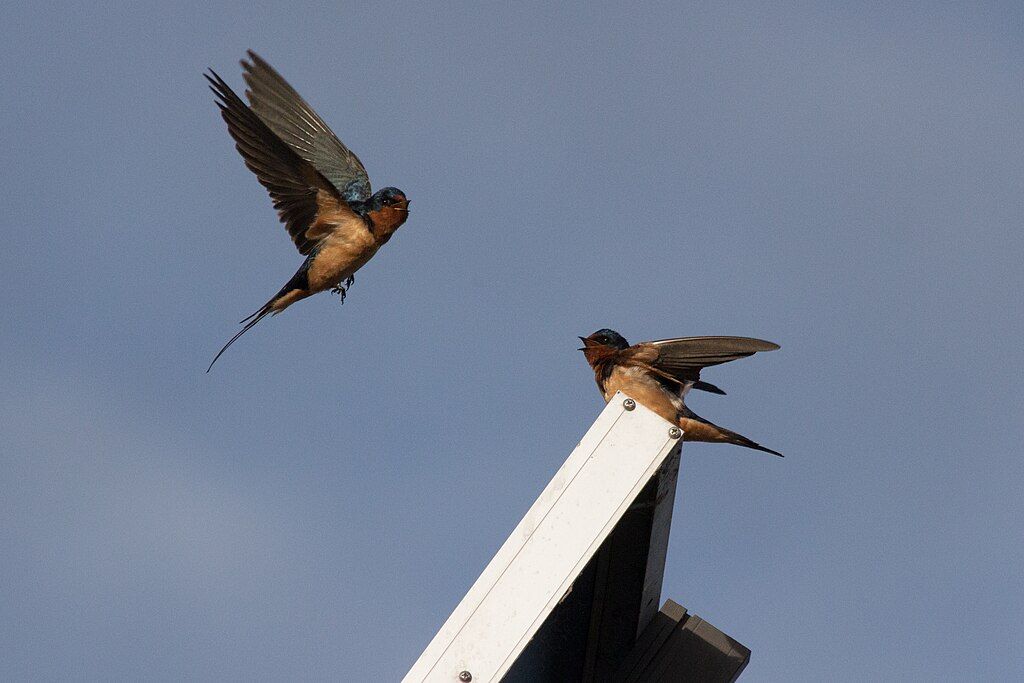
Inquiry
The Unexpected Role of Solar Farms in Fostering Bird Diversity

The team chose solar parks that were at least 2 hectares in size, featuring ground-mounted photovoltaic panels, some with biaxial trackers, and all established at least eight years prior. These parks were either on former arable land or grassland.
Using binoculars, the researchers observed each plot for 20 minutes, twice, recording bird species, population trends, nesting habits, diet, and foraging behavior. They also noted the plots' elevation, prior land use, type, and how the vegetation was managed.
They observed 353 individual birds from 41 species in solar parks, compared to 271 individuals from 40 species in control plots. Species like the black redstart, European stonechat, white wagtail, and Eurasian tree sparrow were more prevalent in solar parks.
The study found that solar parks had higher species richness, diversity, and a greater number of insect-eating birds. This is attributed to the panels attracting water-seeking aquatic insects, providing a food source.
The researchers suggest that solar parks also benefit farmland birds in winter, as they offer stopover, foraging, and roosting sites, with the ground underneath the panels often remaining snow-free.
The researchers also attributed the enhanced bird diversity in solar parks to their varied structural features. Birds like the black redstart and white wagtail used the solar panels' support structures for nesting. The Eurasian tree sparrow favored the pipe-like supports, while the stonechat nested in the wild or less-tended vegetation under the panels or near fences.
Importantly, the solar parks in the study were designed solely for generating renewable electricity. The scientists believe that if these parks were managed with a dual focus on wildlife and energy production, the benefits to biodiversity could be even more significant.
This research, titled “Solar parks can enhance bird diversity in the agricultural landscape,” was published in the Journal of Environmental Management. It represents a collaborative effort among several institutions, including Slovakia's Slovak Academy of Sciences, Gemer-Malohont Museum, Comenius University in Bratislava, Catholic University in Ružomberok, Slovak Ornithological Society/BirdLife Slovakia, and the University of Antwerp in Belgium.
For more relevant information, subscribe to ACE Battery.
Our expert will reach you out if you have any questions!
